
Manila: The Heartbeat of the Philippines
Discover Manila: A captivating blend of historical charm, cultural richness, and modern vibrancy in the heart of the Philippines.
Manila, the bustling capital of the Philippines, is a city that offers a rich tapestry of history, culture, and modernity. Situated on the eastern shore of Manila Bay, this vibrant metropolis is known for its diverse attractions and warm, welcoming locals. The city's history is a blend of Spanish colonial architecture and modern skyscrapers, offering an intriguing contrast that captures the essence of its evolution over centuries. One of the highlights of Manila is Intramuros, the old walled city that stands as a testament to the Spanish colonial era. This historic district boasts cobbled streets, colonial buildings, and significant landmarks such as Fort Santiago and Manila Cathedral. Just a short distance away, you can find Rizal Park, a sprawling green space dedicated to the national hero, Dr. José Rizal. It's a perfect spot for a leisurely stroll or a picnic. For those interested in arts and culture, the Cultural Center of the Philippines and the National Museum Complex offer an array of exhibits showcasing Filipino art, history, and heritage. Manila is also a shopper's paradise with its numerous markets and malls, including the renowned Divisoria Market and the upscale Greenbelt Mall. Food lovers will be delighted by the city's culinary scene, which ranges from street food to fine dining, featuring both local and international cuisines. The nightlife in Manila is equally compelling, with a variety of bars, clubs, and entertainment venues catering to different tastes. Areas like Malate and Poblacion are known for their vibrant nightlife and are great places to experience the city's lively spirit. Despite its fast-paced environment, Manila also offers serene escapes such as the Manila Ocean Park and various nearby beaches, making it a well-rounded destination for any traveler.
Local tips in Manila
- Visit Intramuros early in the morning to avoid the midday heat and crowds.
- Try the local street food, especially the famous balut and halo-halo.
- Use Grab or other ride-hailing apps for convenient and safe transportation around the city.
- Exchange currency at reputable money changers or banks for the best rates.
- Weekdays are less crowded for visiting major attractions and shopping malls.
Neighbourhoods in Manila
Manila: The Heartbeat of the Philippines
Manila, the bustling capital of the Philippines, is a city that offers a rich tapestry of history, culture, and modernity. Situated on the eastern shore of Manila Bay, this vibrant metropolis is known for its diverse attractions and warm, welcoming locals. The city's history is a blend of Spanish colonial architecture and modern skyscrapers, offering an intriguing contrast that captures the essence of its evolution over centuries. One of the highlights of Manila is Intramuros, the old walled city that stands as a testament to the Spanish colonial era. This historic district boasts cobbled streets, colonial buildings, and significant landmarks such as Fort Santiago and Manila Cathedral. Just a short distance away, you can find Rizal Park, a sprawling green space dedicated to the national hero, Dr. José Rizal. It's a perfect spot for a leisurely stroll or a picnic. For those interested in arts and culture, the Cultural Center of the Philippines and the National Museum Complex offer an array of exhibits showcasing Filipino art, history, and heritage. Manila is also a shopper's paradise with its numerous markets and malls, including the renowned Divisoria Market and the upscale Greenbelt Mall. Food lovers will be delighted by the city's culinary scene, which ranges from street food to fine dining, featuring both local and international cuisines. The nightlife in Manila is equally compelling, with a variety of bars, clubs, and entertainment venues catering to different tastes. Areas like Malate and Poblacion are known for their vibrant nightlife and are great places to experience the city's lively spirit. Despite its fast-paced environment, Manila also offers serene escapes such as the Manila Ocean Park and various nearby beaches, making it a well-rounded destination for any traveler.
When is the best time to go to Manila?
Iconic landmarks you can’t miss
Fort Santiago
Explore the historic Fort Santiago in Intramuros, Manila, a majestic fortress that encapsulates the Philippines' colonial heritage and offers beautiful views.
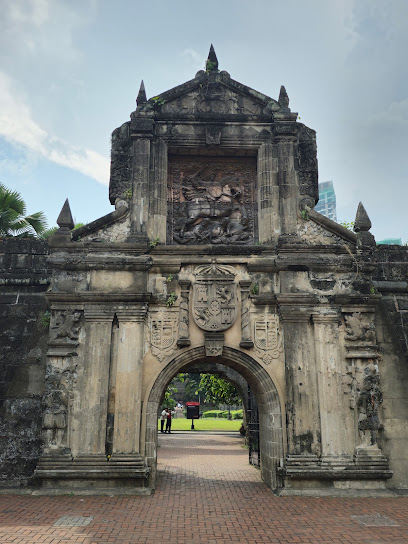
San Agustin Church
Explore San Agustin Church, the oldest stone church in the Philippines, and a UNESCO World Heritage Site in the heart of Intramuros, Manila.

José Rizal Monument
Explore the José Rizal Monument, a powerful symbol of Philippine freedom and a must-visit historical landmark in Manila.

Intramuros
Discover the captivating history and vibrant culture of Intramuros, the iconic walled city of Manila, where every corner tells a story.
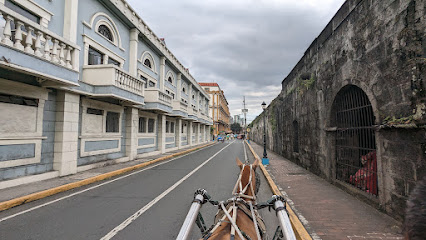
Minor Basilica of San Sebastian and Archdiocesan Shrine of Our Lady of Mount Carmel (Archdiocese of Manila)
Discover the Minor Basilica of San Sebastian, a Gothic church and cultural icon in Quiapo, Manila, known for its stunning architecture and rich history.
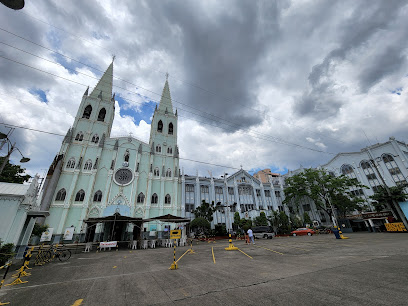
Bonifacio and the Katipunan Revolution Monument
Discover the Bonifacio and the Katipunan Revolution Monument, a historic landmark in Manila celebrating the Philippine struggle for independence.
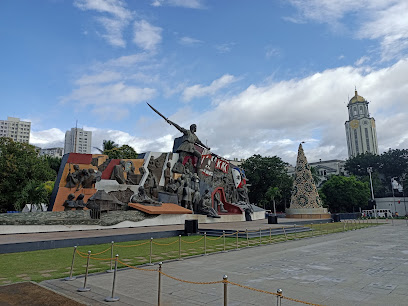
Plaza Roma
Explore the lush landscapes and historical significance of Plaza Roma, a peaceful park in the heart of Intramuros, Manila, offering a blend of nature and culture.
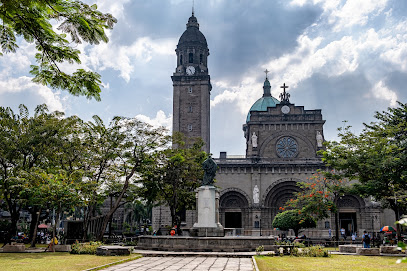
Baluarte de San Diego
Discover the enchanting Baluarte de San Diego, a historical landmark in Intramuros, Manila, showcasing the Philippines' rich colonial heritage and stunning architecture.
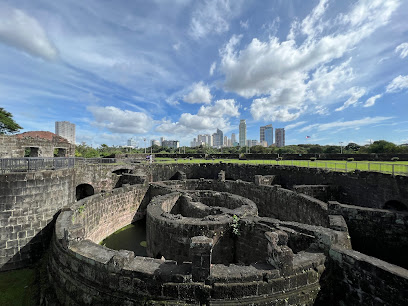
Casa Manila
Discover the rich heritage of the Philippines at Casa Manila, a beautifully restored museum showcasing Spanish colonial life in Intramuros.
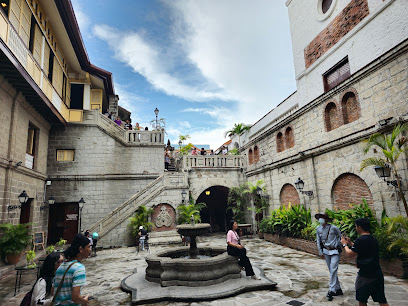
Manila 1945 Historical Marker And Memorial
Explore Manila's past at the Manila 1945 Historical Marker and Memorial, a poignant reminder of resilience during World War II in the heart of Intramuros.
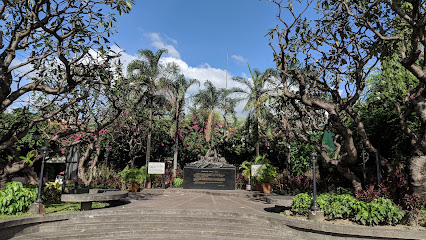
San Miguel Church Historical Marker
Discover the historical and spiritual essence of Manila at the San Miguel Church Historical Marker, a landmark rich in culture and heritage.
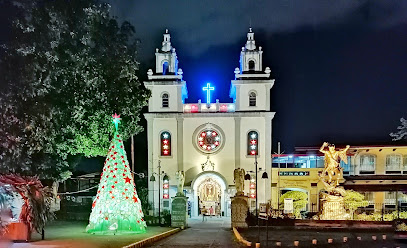
Plaza Moriones
Discover the charm of Plaza Moriones, a historic park in Intramuros, Manila, where nature meets culture in a serene urban oasis.
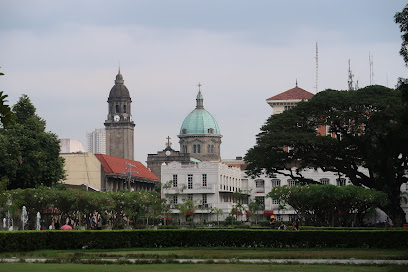
The Dungeons of Fort Santiago
Explore the captivating Dungeons of Fort Santiago, a historical landmark in Manila that reveals the rich heritage and stories of the Philippines' past.

Intramuros Gate
Discover the historical significance of Intramuros Gate, a majestic entryway to Manila's colonial past and cultural treasures.
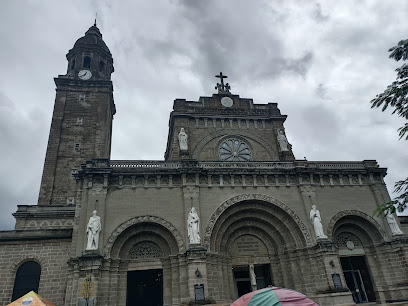
Arch of the Centuries
Discover the Arch of the Centuries, a historic gateway at the University of Santo Tomas, blending architectural beauty with rich Philippine heritage.
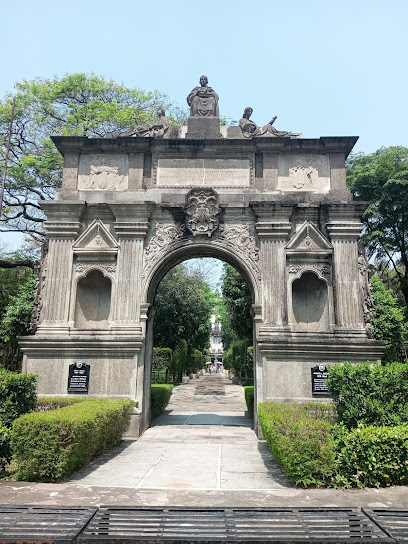
Unmissable attractions to see
Rizal Park
Explore Rizal Park, Manila's historic urban oasis, featuring lush gardens, cultural monuments, and a serene atmosphere perfect for relaxation and reflection.
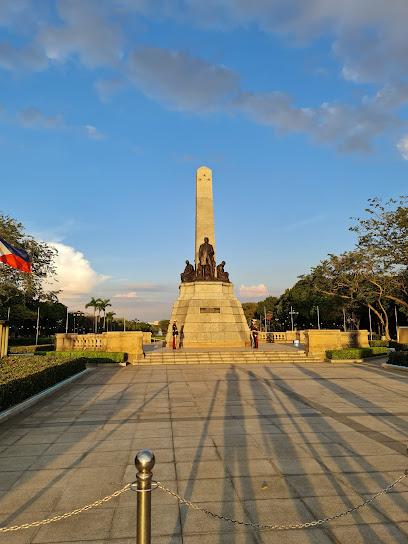
Quezon Memorial Circle
Discover the rich heritage and vibrant atmosphere of Quezon Memorial Circle, a historical landmark and urban park in Metro Manila, perfect for relaxation and exploration.
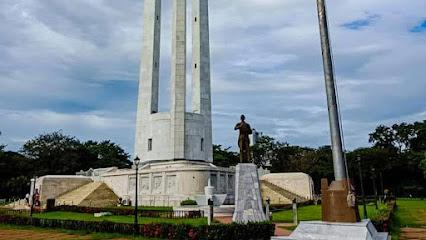
Enchanted Kingdom
Discover the magic of Enchanted Kingdom in Santa Rosa, a thrilling theme park with rides, attractions, and unforgettable experiences for all ages.
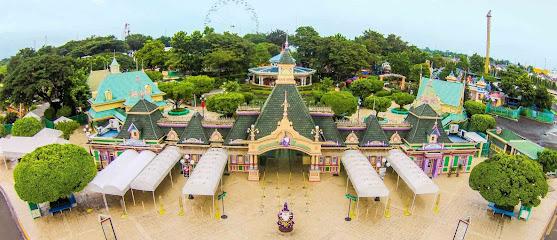
Minor Basilica & National Shrine of Jesus Nazareno - Quiapo Church (Archdiocese of Manila)
Discover the spiritual heart of Manila at Quiapo Church, a historical basilica renowned for its vibrant culture and deep-rooted faith.
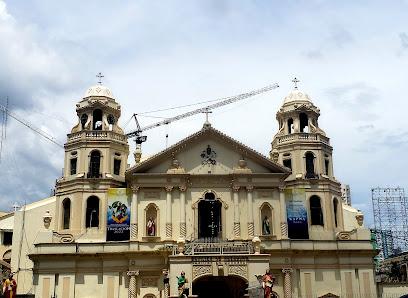
Fort Santiago
Discover Fort Santiago in Intramuros, Manila, a historical fortress offering a journey through the Philippines' colonial past amidst stunning architecture and lush gardens.

Ayala Triangle Gardens
Discover serenity amidst the urban hustle at Ayala Triangle Gardens, Makati's lush green haven filled with art, dining, and nature.
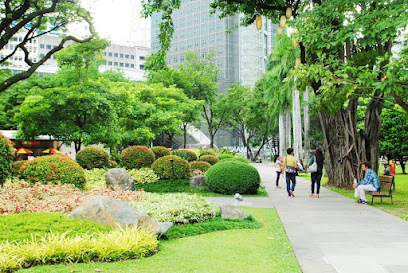
National Museum of Fine Arts
Discover the National Museum of Fine Arts in Manila, a hub of Philippine culture and artistry showcasing historical and contemporary masterpieces.
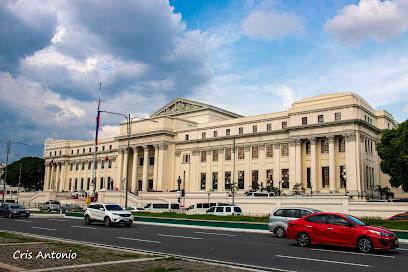
Minor Basilica and Metropolitan Cathedral of the Immaculate Conception - Manila Cathedral
Explore the Manila Cathedral, a historical and architectural masterpiece in the heart of Intramuros, Manila, showcasing the Philippines' rich cultural heritage.
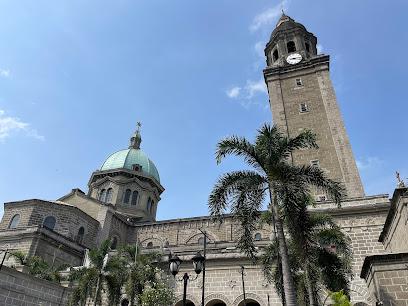
Valenzuela City People's Park
Explore the lush landscapes and vibrant atmosphere of Valenzuela City People's Park, a top urban retreat in Metro Manila for relaxation and recreation.
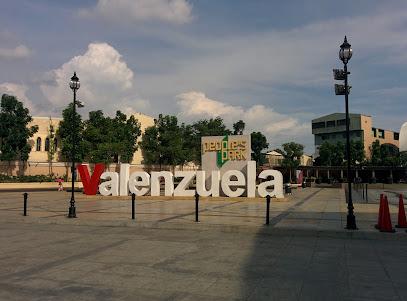
National Museum of Natural History
Explore the rich biodiversity and cultural heritage of the Philippines at the National Museum of Natural History in Manila.
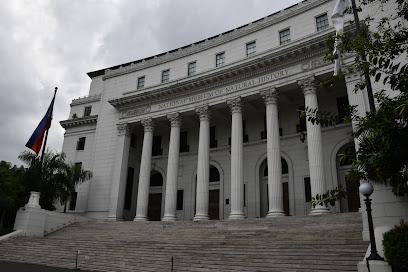
San Agustin Church
Discover the architectural beauty and rich history of San Agustin Church, a UNESCO World Heritage Site in the heart of Intramuros, Manila.
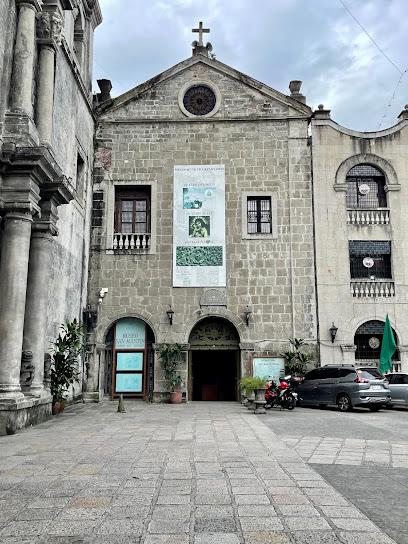
Manila Zoo
Explore Manila Zoo, where wildlife encounters and botanical beauty come together in the heart of the city.
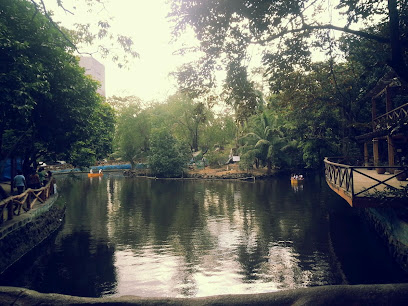
Yuchengco Museum
Explore contemporary art at the Yuchengco Museum, a unique cultural hub in Makati showcasing local and international masterpieces.

Aguinaldo Shrine (Museo ni Emilio Aguinaldo)
Explore Aguinaldo Shrine in Kawit, Cavite: The birthplace of Philippine independence and a historical treasure for every traveler.
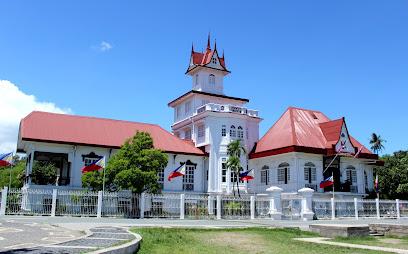
Santo Domingo Church - National Shrine of Our Lady of the Holy Rosary of La Naval de Manila
Experience the spiritual richness and architectural beauty of Santo Domingo Church, a must-visit destination in Quezon City, Metro Manila.
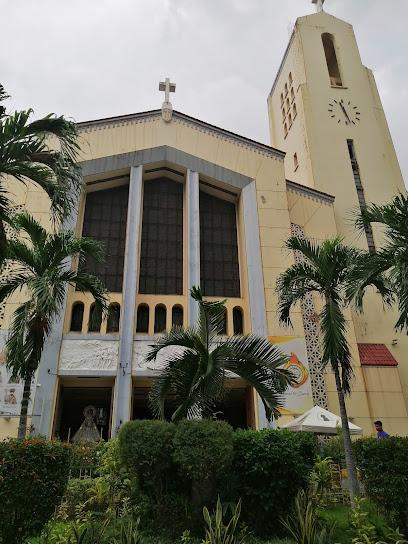
Essential places to dine
Filling Station Bar And Cafe
Experience the unique blend of American comfort food and vibrant nightlife at Filling Station Bar And Cafe in Makati.
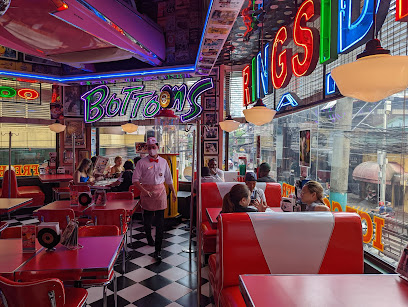
Emerald
Savor authentic Chinese cuisine at Emerald in Ermita, Manila – where every dish tells a delicious story.

The Aristocrat Restaurant
Experience authentic Filipino cuisine at The Aristocrat Restaurant—where tradition meets taste in the heart of Manila.
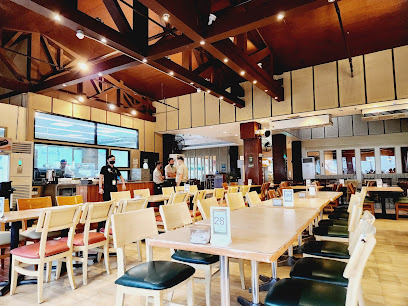
Ilustrado Restaurant
Experience authentic Filipino cuisine in a historic setting at Ilustrado Restaurant in Intramuros, Manila.
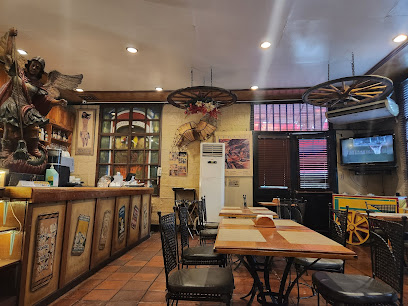
Harbor View Restaurant
Savor exquisite cuisine while enjoying breathtaking waterfront views at Harbor View Restaurant in Ermita, Manila.
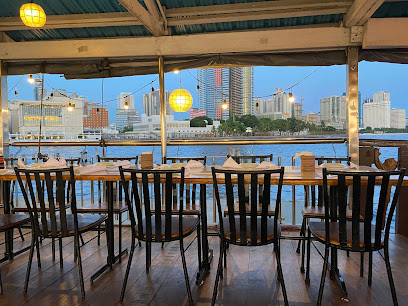
Bistro Remedios
Discover authentic Filipino flavors at Bistro Remedios in Malate - a delightful dining experience in Manila's vibrant food scene.
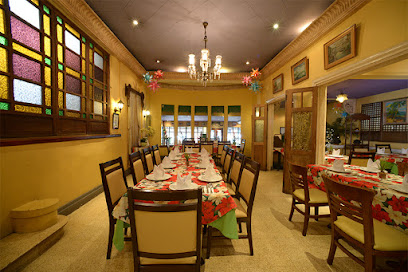
Barbara's Heritage Restaurant
Delve into the heart of Philippine culture with authentic dishes at Barbara's Heritage Restaurant in Intramuros, Manila.
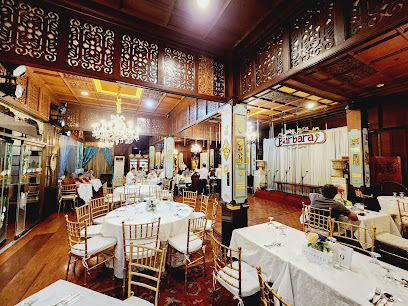
Sky Deck View Bar
Experience breathtaking views and exquisite cuisine at Sky Deck View Bar in Intramuros—Manila's premier rooftop dining destination.
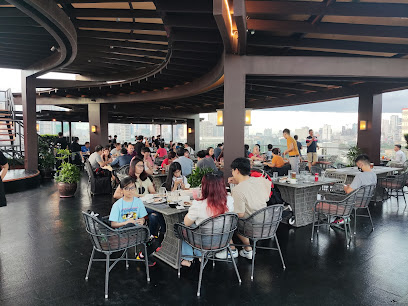
Cafe Ilang-Ilang
Experience a lavish buffet at Cafe Ilang-Ilang in Manila Hotel - where Filipino flavors meet international culinary excellence.
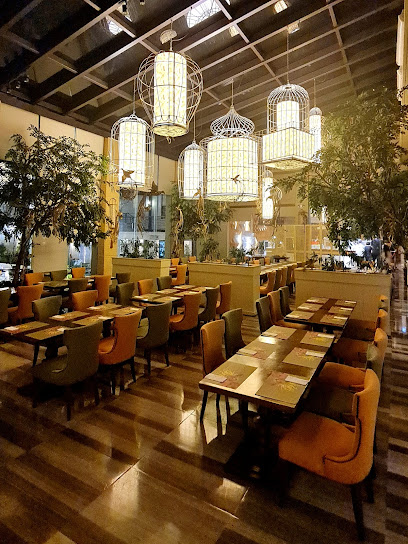
The Aristocrat Restaurant - Robinsons Place Manila
Experience authentic Filipino cuisine at The Aristocrat Restaurant in Robinsons Place Manila – where tradition meets taste.
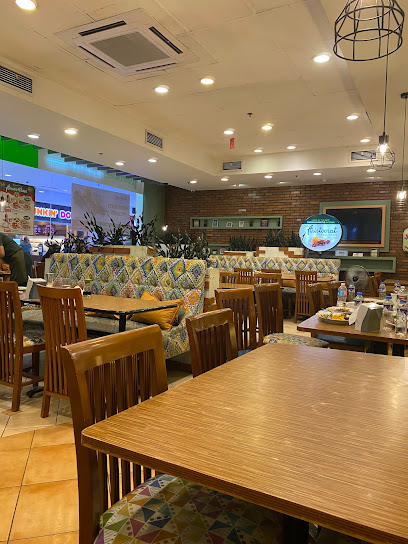
Cafe Adriatico
Experience authentic Filipino flavors at Cafe Adriatico in Malate, Manila—where culinary tradition meets modern comfort.

Old Manila at The Peninsula Manila
Experience authentic Filipino fine dining at Old Manila in The Peninsula Manila – where tradition meets elegance.
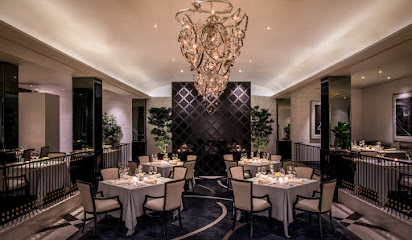
Delicious Restaurant
Discover culinary bliss at Delicious Restaurant in Santa Cruz, Manila—where local flavors meet global inspiration.

Solidaridad Restaurant
Experience authentic Filipino cuisine at Solidaridad Restaurant in Ermita, where tradition meets innovation in every delicious bite.
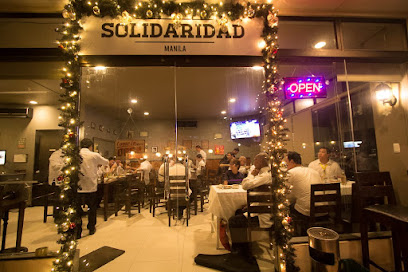
Ristorante delle Mitre
Experience authentic Filipino cuisine at Ristorante delle Mitre in Intramuros, where history meets culinary excellence.
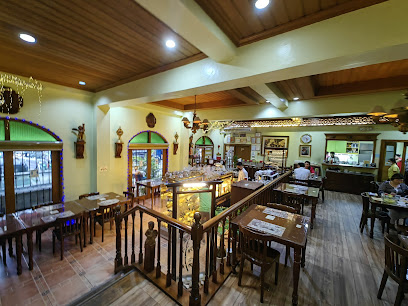
Markets, malls and hidden boutiques
Robinsons Place Manila
Discover the ultimate shopping and dining experience at Robinsons Place Manila, where fashion, food, and fun converge in the heart of Ermita.
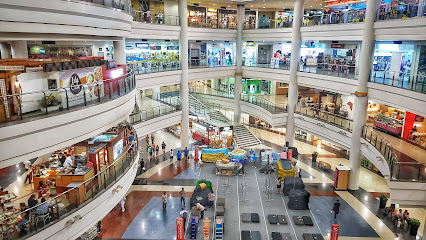
168 Shopping Mall
Explore the bustling 168 Shopping Mall in Binondo, a shopping paradise with diverse brands and delicious dining options in Manila.
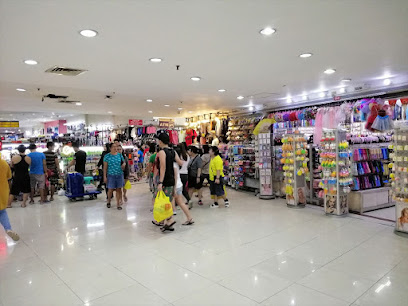
SM City Manila
Explore SM City Manila, a vibrant shopping mall offering diverse shopping, dining, and entertainment experiences in the heart of the city.
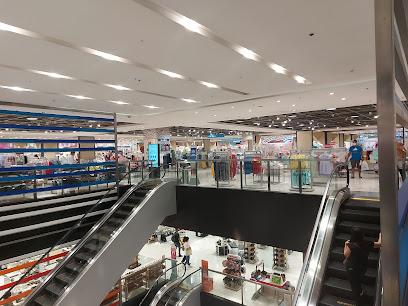
Tutuban Center
Explore Tutuban Center in Manila for a unique shopping experience filled with local culture, affordable finds, and delicious culinary delights.
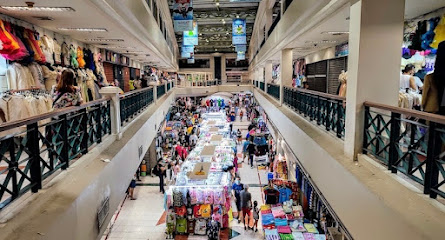
Robinsons Department Store Manila
Experience the ultimate shopping adventure at Robinsons Department Store Manila, where local charm meets global brands in a vibrant atmosphere.
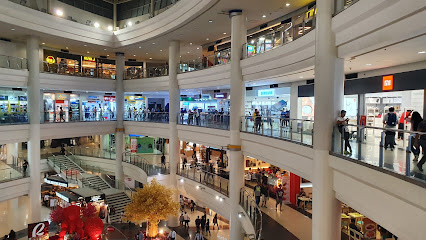
Master Shop
Discover unique fashion treasures at Master Shop, a vibrant clothing store in Santa Cruz, Manila, showcasing the best of Filipino style.
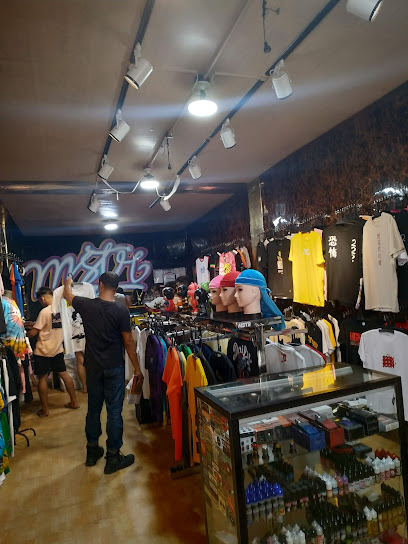
Silahis Art & Artifacts Inc
Explore a treasure trove of unique Filipino crafts and art at Silahis Art & Artifacts Inc, an essential stop in Manila's historic Intramuros.
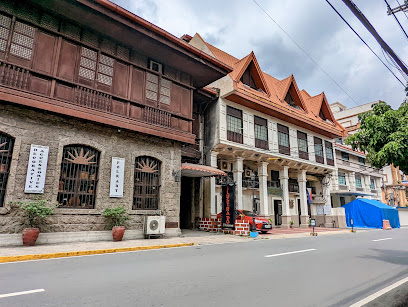
The Para Shop Manila
Explore your creativity at The Para Shop Manila, where a world of crafting possibilities awaits every visitor in the vibrant heart of Binondo.
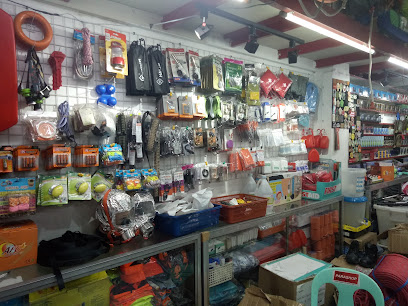
MOP Souvenir Shop
Explore the vibrant MOP Souvenir Shop outside Manila Ocean Park for unique keepsakes and authentic Filipino handicrafts.
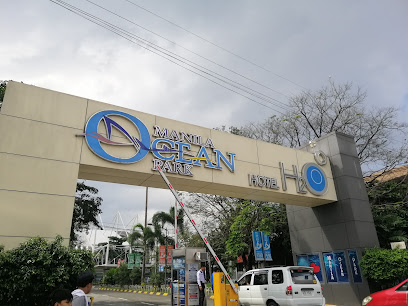
Souvenir Island General Merchandise
Explore Souvenir Island in Quiapo, Manila, where authentic Filipino handicrafts and unique souvenirs come together to create unforgettable memories.
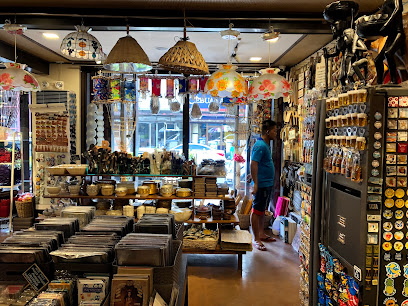
SM Store - SM City Manila
Unleash your shopping spree at SM City Manila, the ultimate retail destination offering diverse brands, delightful dining, and vibrant entertainment in the heart of the city.

Carriedo Arcade
Experience the vibrant shopping scene of Carriedo Arcade in Quiapo, Manila, where affordable fashion meets local culture and lively atmosphere.

Fashion Corner
Discover the vibrant fashion scene at Fashion Corner, where trendy outfits and exceptional service meet in the heart of Manila's Malate district.
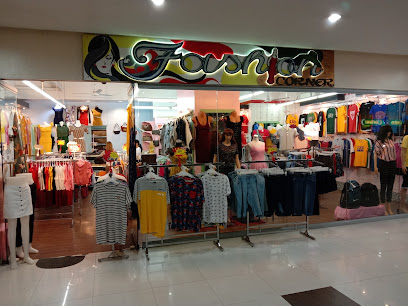
Tesoros
Discover authentic Filipino souvenirs at Tesoros in Intramuros, where culture and craftsmanship come together in a vibrant shopping experience.
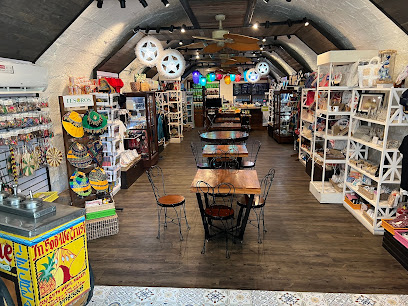
MB-Sunstar Handicraft
Explore the heart of Filipino craftsmanship at MB-Sunstar Handicraft, where every piece tells a story and makes for a perfect souvenir.

Essential bars & hidden hideouts
Filling Station Bar And Cafe
Experience the perfect blend of retro charm and American comfort food at Filling Station Bar and Cafe in the heart of Makati.
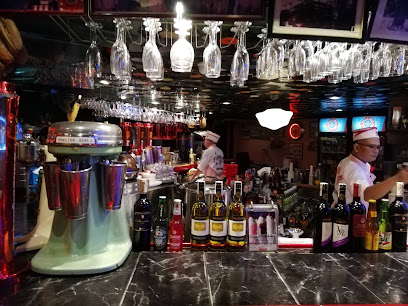
Sky Deck View Bar
Discover breathtaking views of Manila while enjoying delicious drinks and light bites at the Sky Deck View Bar in Intramuros.
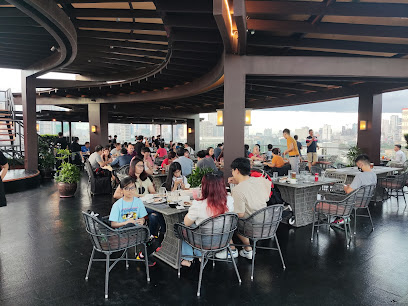
Dr. Wine Manila
Discover the charm of French cuisine and an extensive wine selection at Dr. Wine Manila, a must-visit in Makati's lively dining scene.
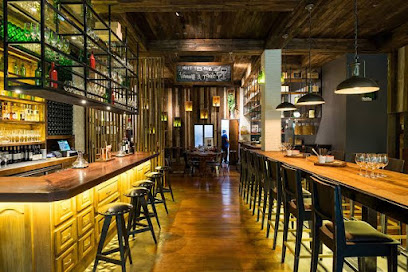
The Spirits Library
Experience the vibrant nightlife at The Spirits Library, Makati’s premier cocktail bar, where creativity meets unique drink experiences.
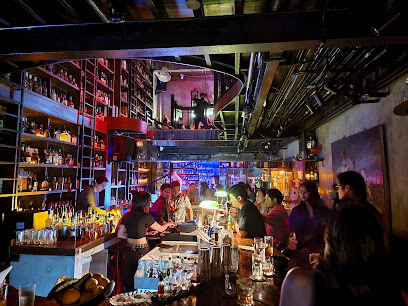
Chill Bar Bocobo - Korea Town Manila
Discover Chill Bar Bocobo: A lively bar in Korea Town Manila offering a vibrant atmosphere and diverse drink selection for an unforgettable night out.
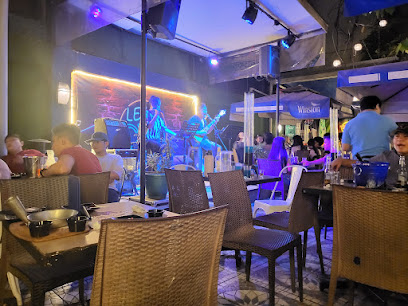
oto
Experience the vibrant nightlife of Makati at Oto, where creative cocktails and a lively atmosphere await every visitor.
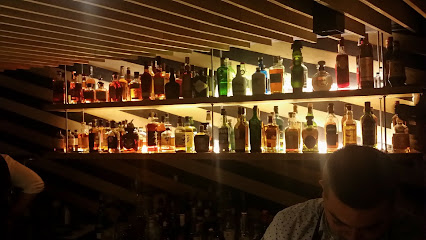
Oarhouse Pub of Manila
Experience the vibrant nightlife at Oarhouse Pub of Manila, a lively bar and restaurant in Malate offering great food, drinks, and atmosphere.
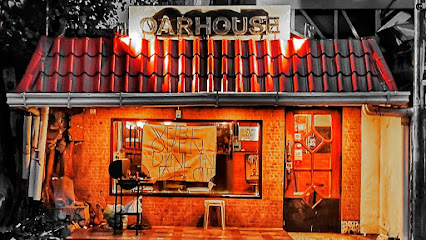
Dusk Till Dawn Bar
Dusk Till Dawn Bar: A lively sports bar in Ermita, Manila, offering live music, delicious food, and an electrifying atmosphere for every night out.
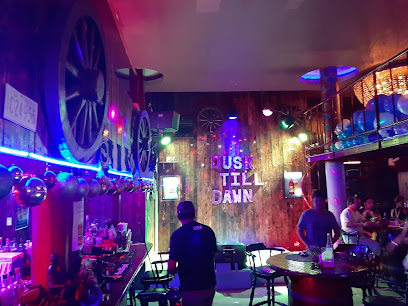
Run Rabbit Run
Experience the vibrant nightlife of Makati at Run Rabbit Run, a stylish cocktail bar offering innovative drinks and a lively atmosphere.
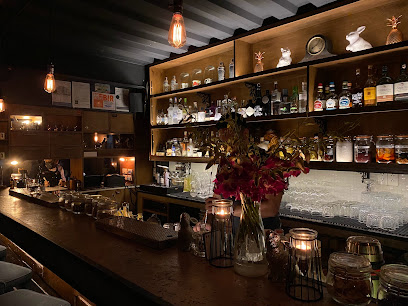
The Blind Pig
Discover The Blind Pig, a hidden speakeasy in Makati, offering innovative cocktails and an intimate atmosphere for a memorable night out.
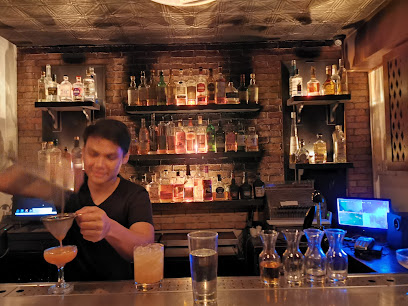
Toshie's Bar And Restaurant
Experience the vibrant flavors of Filipino cuisine at Toshie's Bar And Restaurant in the heart of Ermita, Manila.
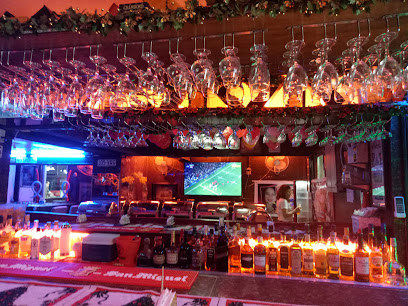
Default Cafe Pub - Manila
Immerse yourself in the lively ambiance of Default Cafe Pub in Manila, where delicious drinks and live music create unforgettable nightlife experiences.
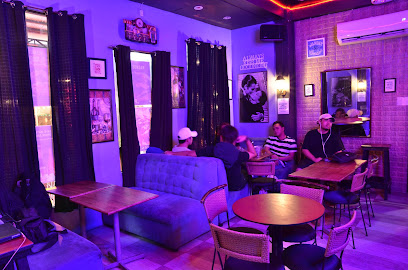
White Moon Bar
Discover the enchanting ambiance and exquisite flavors of White Moon Bar at Manila Ocean Park, where relaxation meets vibrant marine life.
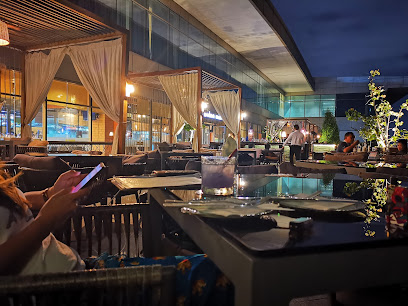
Tap Room
Experience the lively atmosphere and diverse drink selection at Tap Room, a must-visit pub in Ermita, Manila, perfect for socializing and unwinding.
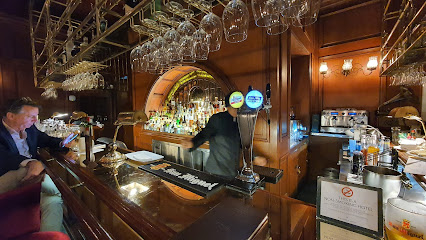
Funky Monkey 143 Bar
Experience the vibrant nightlife of Makati at Funky Monkey 143 Bar, where great drinks and lively entertainment await every night.
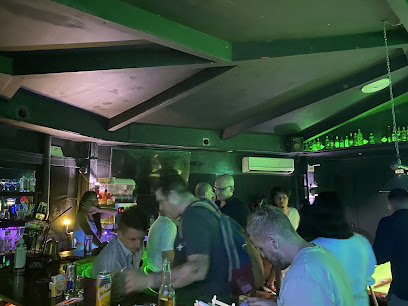
Local Phrases
-
- HelloKamusta
[kah-mus-tah] - GoodbyePaalam
[pah-ah-lam] - YesOo
[oh-oh] - NoHindi
[hin-dee] - Please/You're welcomeSalamat
[sa-la-mat] - Thank youSalamat
[sa-la-mat] - Excuse me/SorryPasensya
[pah-sen-syah] - How are you?Kamusta ka?
[kah-mus-tah kah?] - Fine. And you?Mabuti. Ikaw?
[mah-boo-tee. ee-kahw?] - Do you speak English?Marunong ka ba mag-Ingles?
[mah-roo-nong kah bah mag-eeng-les?] - I don't understandHindi ko maintindihan
[hin-dee koh main-tin-dee-han]
- HelloKamusta
-
- I'd like to see the menu, pleaseGusto kong makita ang menu, pakiusap
[goo-stoh kohng mah-kee-tah ahng meh-noo, pah-kee-oo-sap] - I don't eat meatHindi ako kumakain ng karne
[hin-dee ah-koh koo-mah-kah-een ng kar-neh] - Cheers!Mabuhay!
[mah-boo-hay] - I would like to pay, pleaseGusto kong magbayad, pakiusap
[goo-stoh kohng mahg-bah-yad, pah-kee-oo-sap]
- I'd like to see the menu, pleaseGusto kong makita ang menu, pakiusap
-
- Help!Tulong!
[too-long] - Go away!Lumayo ka!
[loo-mah-yoh kah] - Call the Police!Tawag sa Pulis!
[tah-wahg sah poo-lees] - Call a doctor!Tawag sa doktor!
[tah-wahg sah dok-tor] - I'm lostNawawala ako
[nah-wah-wah-lah ah-koh] - I'm illSakit ako
[sah-kit ah-koh]
- Help!Tulong!
-
- I'd like to buy...Gusto kong bumili ng...
[goo-stoh kohng boo-mee-lee ng...] - I'm just lookingNagmamasid lang ako
[nag-mah-mah-seed lang ah-koh] - How much is it?Magkano ito?
[mag-kah-noh ee-toh?] - That's too expensiveMasyadong mahal ito
[mah-syah-dong mah-hahl ee-toh] - Can you lower the price?Pwede bang magbaba ng presyo?
[pweh-deh bahng mahg-bah-bah ng preh-syo?]
- I'd like to buy...Gusto kong bumili ng...
-
- What time is it?Anong oras na?
[ah-nong oh-ras nah] - It's one o'clockAlas uno na
[ah-las oo-noh nah] - Half past (10)Alas dose y medya
[ah-las doh-seh ee med-yah] - MorningUmaga
[oo-mah-gah] - AfternoonHapon
[hah-pohn] - EveningGabi
[gah-bee] - YesterdayKahapon
[kah-hah-pon] - TodayNgayon
[ngah-yohn] - TomorrowBukas
[boo-kahs] - 1Isa
[ee-sah] - 2Dalawa
[dah-lah-wah] - 3Tatlo
[taht-loh] - 4Apat
[ah-paht] - 5Lima
[lee-mah] - 6Anim
[ah-neem] - 7Pito
[pee-toh] - 8Walo
[wah-loh] - 9Siyam
[see-yahm] - 10Sampu
[sahm-poo]
- What time is it?Anong oras na?
-
- Where's a/the...?Saan ang...?
[sah-ahn ahng] - What's the address?Ano ang address?
[ah-noh ahng ah-dres] - Can you show me (on the map)?Pwede mo ba akong ipakita (sa mapa)?
[pweh-deh moh bah ah-kohng ee-pah-kee-tah sah mah-pah] - When's the next (bus)?Kailan ang susunod na (bus)?
[kah-ee-lahn ahng soo-soo-nod nah] - A ticket (to ....)Isang ticket (papuntang ...)
[ee-sahng ticket (pah-poon-tahng ...)]
- Where's a/the...?Saan ang...?
History of Manila
-
Before Spanish colonization, Manila was already a thriving settlement known as Maynila, ruled by Rajahs and Datus. The area was a bustling trade hub with links to China, India, and other neighboring regions. Archaeological findings, such as the Laguna Copperplate Inscription, provide evidence of the sophisticated societies that existed in the Manila area during this time.
-
In 1571, Spanish conquistador Miguel López de Legazpi arrived in Manila and claimed it for the Spanish Crown. Manila was established as the capital of the Spanish East Indies and became a key center for the Galleon Trade, which linked the Philippines with Mexico and Spain. Intramuros, a fortified city within Manila, was built to protect the Spanish settlers and became the administrative and religious center.
-
From 1762 to 1764, during the Seven Years' War, British forces occupied Manila. The British invasion was brief but significant as it exposed weaknesses in Spanish colonial defenses and sowed seeds of future resistance. Despite their short stay, the British presence left a mark on the city's development and trade practices.
-
The late 19th century saw the rise of the Philippine Revolution against Spanish rule, led by figures such as José Rizal and Andrés Bonifacio. In 1898, following the Spanish-American War, the Treaty of Paris ceded the Philippines to the United States. Manila became the American colonial capital, leading to significant urban development, the introduction of public education, and the construction of key infrastructures like the Manila City Hall and the University of the Philippines.
-
During World War II, Manila was occupied by Japanese forces from 1942 to 1945. The Battle of Manila in 1945 was one of the fiercest urban battles of the war, resulting in widespread destruction and significant loss of life. The city's liberation marked the end of Japanese occupation, but the devastation necessitated extensive post-war reconstruction.
-
After World War II, Manila underwent extensive reconstruction efforts to rebuild its infrastructure and economy. The post-war period saw rapid urbanization and modernization, transforming Manila into a bustling metropolis. Key landmarks such as Rizal Park, the Cultural Center of the Philippines, and the Makati Central Business District were developed during this era.
-
The People Power Revolution of 1986 was a pivotal moment in Manila's history. Millions of Filipinos gathered on Epifanio de los Santos Avenue (EDSA) to peacefully protest against the regime of President Ferdinand Marcos. The non-violent uprising led to the end of Marcos' rule and the restoration of democratic governance in the Philippines.
-
Manila is a melting pot of cultures, reflected in its diverse festivals and cultural practices. The city celebrates numerous festivals such as the Feast of the Black Nazarene, which attracts millions of devotees each year. Manila's rich cultural heritage is also showcased in its cuisine, arts, and architecture, with a blend of indigenous, Spanish, American, and Asian influences.
Manila Essentials
-
Manila is served by the Ninoy Aquino International Airport (NAIA), which is the main gateway to the Philippines. The airport is located approximately 7 kilometers south of Manila's city center. Direct flights to Manila are available from many major cities around the world. From the airport, you can take a taxi, ride-sharing service, or airport shuttle to your accommodation.
-
Manila offers various modes of transportation including jeepneys, buses, taxis, tricycles, and the Manila Light Rail Transit (LRT) and Metro Rail Transit (MRT) systems. Jeepneys are the most iconic and affordable way to get around, but they can be crowded. Taxis and ride-sharing services like Grab are more comfortable and still relatively inexpensive. For longer distances, buses are available but can be slow due to traffic. The LRT and MRT are good options for avoiding traffic congestion, although they can be crowded during peak hours.
-
The official currency in the Philippines is the Philippine Peso (PHP). Credit cards are widely accepted in hotels, restaurants, and shopping malls, but it is advisable to carry cash for smaller establishments and markets. ATMs are widely available in Manila, and major foreign currencies can be exchanged at banks, hotels, and authorized money changers.
-
While Manila is generally safe for tourists, certain areas have higher crime rates, particularly for crimes targeting tourists. Areas to be cautious in include Quiapo, Tondo, and some parts of Ermita. Avoid walking alone at night in these neighborhoods and keep your belongings secure. Always use reputable transportation options and be cautious of scams and pickpockets in crowded places.
-
In case of emergency, dial 911 for police, medical, and fire assistance. Hospitals and medical facilities are available throughout Manila, with several major hospitals offering emergency services. It is recommended to have travel insurance that covers medical emergencies. For minor health issues, pharmacies are widely available where you can purchase over-the-counter medications.
-
Fashion: Do dress modestly, especially when visiting religious sites. Avoid wearing revealing clothing in public places. Religion: Do respect local customs and traditions. Always remove your shoes and cover your head when entering religious sites. Public Transport: Do be respectful and give up your seat to elderly passengers. Don’t eat or drink on public transport. Greetings: Do greet people with a smile and a 'hello' or 'kumusta'. A handshake is common in formal settings. Eating & Drinking: Do try local delicacies and accept food offerings graciously. Don’t refuse hospitality, as it is considered impolite.
-
To experience Manila like a local, visit the weekend markets such as Salcedo Market and Legazpi Sunday Market for local food and crafts. Take a stroll through Intramuros, the historic walled city, and experience its Spanish colonial architecture. Engage with locals, who are often friendly and willing to share stories about the city's history and culture. For a unique experience, ride a bamboo bike through the streets of Intramuros with Bambike Ecotours, or take a sunset cruise along Manila Bay.
Trending Landmark in Manila
-
Fort Santiago
-
San Agustin Church
-
José Rizal Monument
-
Intramuros
-
Minor Basilica of San Sebastian and Archdiocesan Shrine of Our Lady of Mount Carmel (Archdiocese of Manila)
-
Bonifacio and the Katipunan Revolution Monument
-
Plaza Roma
-
Baluarte de San Diego
-
Casa Manila
-
Manila 1945 Historical Marker And Memorial
-
San Miguel Church Historical Marker
-
Plaza Moriones
-
The Dungeons of Fort Santiago
-
Intramuros Gate
-
Arch of the Centuries
Nearby Cities to Manila
-
Things To Do in Tagaytay
-
Things To Do in Angeles City
-
Things To Do in Subic
-
Things To Do in Baguio
-
Things To Do in Sagada
-
Things To Do in Boracay
-
Things To Do in Vigan
-
Things To Do in Legazpi
-
Things To Do in Ilocos Norte
-
Things To Do in Cebu City
-
Things To Do in Puerto Princesa
-
Things To Do in Bohol
-
Things To Do in Palawan
-
Things To Do in Batanes
-
Things To Do in Camiguin


















